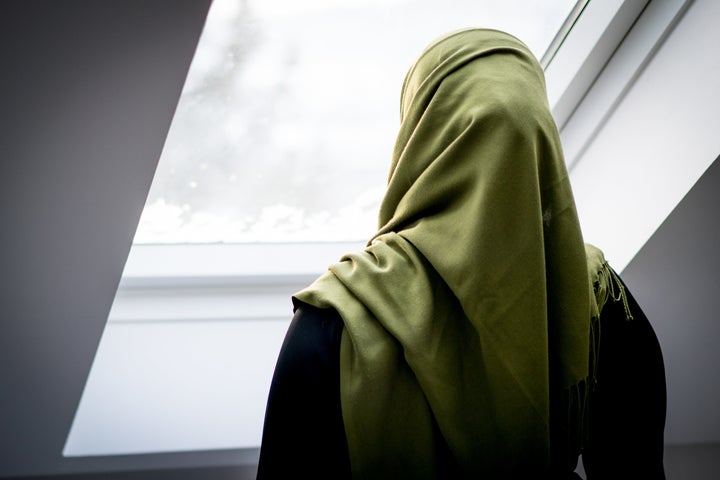
Who could have ever imagined that a piece of cloth could uphold such significant power? We are used to connecting the headscarf with religious obligation, so it only seems logical to think of religion presiding over how Muslim women should dress. However, only some focus on the political, social and cultural influence it conveys.
The headscarf is worn by many women of faith, predominantly of the Islamic faith. It is commonly referred to as the ‘hijab’, though, notably, that is merely a connotative and indirect translation of the word ‘headscarf’ in Arabic (headscarf is khimar in Arabic).
Hijab quite literally means barrier or partition. However, the word was given a wider prominence that includes but is not limited to the covering of women’s hair. Of course, there are many reasons that hijab also means modesty in dressing and behaviour for both women and men (can we point out that it’s hardly ever directed at men?). The theme is not what people think or decide the hijab should be, it really is about this invisible weight placed on women. On the one hand, some want to liberate women from wearing the hijab, while others are inducing women into wearing it. Can you see both intentions are very much the same, despite being on two different sides of a spectrum? It’s autocratic behaviour to tell women what they can and cannot wear.
From a political standpoint, the headscarf has been implemented as an obligatory practice in certain countries including, but not limited to, Saudi Arabia and Iran. Women have little to no choice but to compel. If it’s not lawfully enforced, then it is culturally or psychologically encouraged. Somehow there seems to be an insinuation that not only politics but also Muslims and the clerics practicing it are the problem. Feminist Mona Eltahawy suggests in her book ‘Headscarves and hymens: why the Middle East needs a sexual revolution’ that these people are behind the hijab, the social, political and cultural oppression of it all. Additionally, some observe the psychological subjugation of the headscarf placed on girls and women by their families. Moreover, Slater Bakhtavar states “Hijab is a culturally cherished means for Muslim women to protect their modesty and avoid inciting the lust of men who are not their husband” in his Forbes article. There is no denying that these do contribute to a larger picture of the truth, but they are not sole factors of why women wear the headscarf. We have been obsessing and rebelling over the fact that certain women wear the headscarf out of their own free will. This is not a new phenomenon.
What is contemporary is the recent growing movement of Muslim women taking a personal decision to remove the headscarf. In most societies these may not lead to enforced prosecution, but they tend to impose emotional and psychological magnitude on such choices. This is not limited to public figures such as Dina Torkia recently removing the hijab, but also privately to friends and family I know. As for doing so publicly, it seems people of the Muslim community are far more occupied on a woman’s dress choice as much as the West is, instead of having a vigorous focal point of our current global state.
It is never an easy decision to remove something that has been an integral part of one’s life. Whether it may carry a symbolic gesture or define someone’s identity, it is part of an ongoing self-journey and evolution. Whoever came to the conclusion that the act of wearing the headscarf is permanent? Why has there been such a great importance placed on a piece of scarf to an extent where it dominates the existence of the women wearing it? Where in time has the fundamental spiritual and behavioural modesty been overtaken by appearance? I have been asking these same questions for years and have yet to find the right answers. But it does make me think that it is rather a lazy way to connect a woman’s headscarf to her spiritual intentions or even modesty. To give the false sense of belief that the headscarf is a choice but disgorge at women who take it off (or even wear it).
Nevertheless, the freedom of taking off the headscarf should be equally granted than to wearing it from the first place. This is a very important dialogue to have during a crucial point of feminism movements. Essentially, this comes down to the obsession with the female body. From all angles possible, whether to hide it away from the male-gaze or to overtly sexualise it yet again for the male-gaze. We as a society barely tend to have this form of fixation over the male body and how it’s expressed. Our pre-notion of what women express in their choice of dressing should be eliminated.